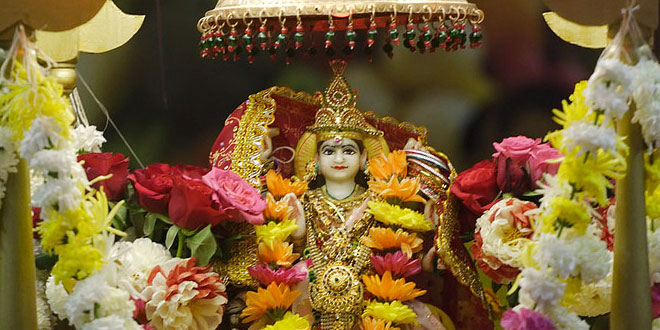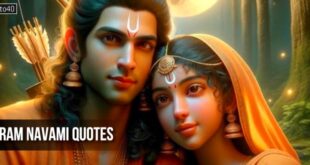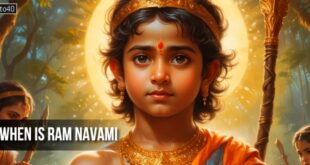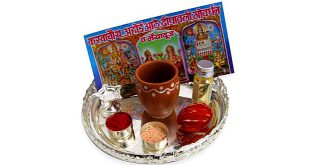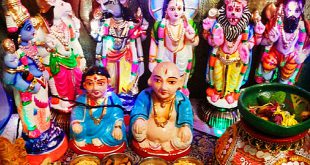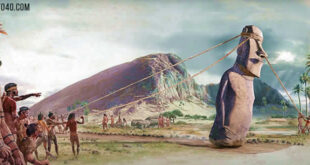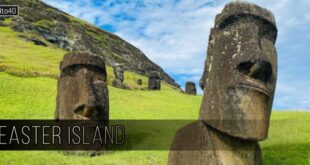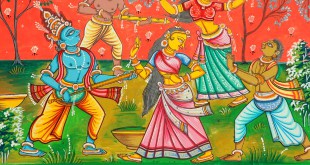Navratri Customs: Navratri is a very important and popular festival of India. It comes twice on a year, once around March-April and the second time, around September-October. The nine days and nights of Navratri are entirely devoted to Mother Goddess. Throughout this period, fasts, strictly vegetarian diets, japa (chanting mantras in honor of the Goddess Shakti), religious hymns, prayer, meditation and recitation of sacred texts related to Devi Maa (Mother Goddess) form the order of the day. Apart from this, there are a number of other customs and rituals as well, which are associated with the festival. Let us know more about them.
Navratri Customs & Rituals
- Before Navratri arrives houses are cleaned and even white washing or painting is done.
- Then the actual ritual of Navratri starts off with placing images of Goddess Durga at homes as well at temples. Devotees shower their prayers towards the Goddess in forms of bhajans and japas. Fruits and flowers are offered as well in her honor.
- Throughout this devotional span of nine days, nine different forms of Goddess Durga are worshiped. The first day of Navratri is dedicated to Mata Shailputri – First Avatara of Goddess Durga, the Goddess of power and energy. Mata Shailputri holds a ‘Trishul’, a weapon, in her right hand and a lotus in her left hand. She rides on a bull. She has a pleasant smile and blissful looks.
- Mata Brahmacharini is worshiped on the second day of Navratri. Mata personifies love and loyalty. She holds japa mala in her right hand and Kamandal in left hand. She is also known as ‘Uma’ and ‘Tapacharini’ and provides knowledge and wisdom to her devotees.
- Mata Chadraghanta is worshiped on the third day of Navratri. “Chandra” and “Ghanta”, means supreme bliss and knowledge respectively, showering peace and serenity, like cool breeze in a moonlit night. She is very bright and charming. Durga Maa is astride a tiger, displays a golden hue to her skin, and possesses ten hands and 3 eyes. Eight of her hands display weapons while the remaining two are respectively in the mudras of gestures of boon giving and stopping harm.
- Mata Kushmanda is worshiped on the fourth day of Navratri. She shines brightly with a laughing face in all ten directions as the Sun. She controls whole Solar system. In her eight hands, she holds several types of weapons in six hands and a rosary and a lotus in remaining hands. She rides on Lion.
- Skanda Mata is worshiped on the fifth day of Navratri. She had a son ‘Skandaa’ and holds him on her lap. She has three eyes and four hands; two hands hold lotuses while the other 2 hands respectively display defending and granting gestures. It is said, by the mercy of Skandmata, even the idiot becomes an ocean of knowledge.
- Mata Katyayani is worshiped on the Sixth Day of Navratri. Ma Katyayani has three eyes and four hands. The left hand holds a weapon and the other a lotus. She rides on a lion.
- Mata Kalaratri is worshiped on the Seventh Day of Navratri. She is dark and black like the night; hence she is called as ‘Kalratri’. Her hairs are unlocked and have three eyes and four hands. While the remaining two are in the mudras of “giving” and “protecting”. Her vahana is a faithful donkey. The destroyer of darkness and ignorance. She spills out fire from her nostrils. Holding a sharp sword in her right hand she blesses her devotees with her lower hand.
- Mata MahaGauri is worshiped on the Eighth Day of Navratri. MahaGauri looks as white as the moon and jasmine. She has three eyes and four hands. Peace and compassion radiate from her being and she is often dressed in a white or green sari. She holds a drum and a trident and is often depicted riding a bull.
- Mata Siddhidatri is the worshiped on the Ninth Day of Navratri. Siddhidatri Devi is worshiped by all Gods, Rishis, Muniswaras, Siddha yogis, and all common devotees who want to attain the religious assent.
- Dandiya and Garba are the featured dances performed in the evenings of Navratri, mainly in Gujarat. Garba which is considered to be a devotional dance which is performed before the ‘Aarti’, in the honor of the Goddess, while Dandiya is performed after it, as a part of the celebrations.
- The nine-day Navratra celebrations, which fall in September-October, come to an end with the immersion of the idols of Goddess Durga in water.
- The tenth day is celebrated as Dussehra. On this day, devotees perform ‘Saraswati Puja‘, to acquire blessings of knowledge and mental peace. On that very day, the dummy of demon king Ravana is burnt to wipe off evil and bad spirits from earth.
 Kids Portal For Parents India Kids Network
Kids Portal For Parents India Kids Network
